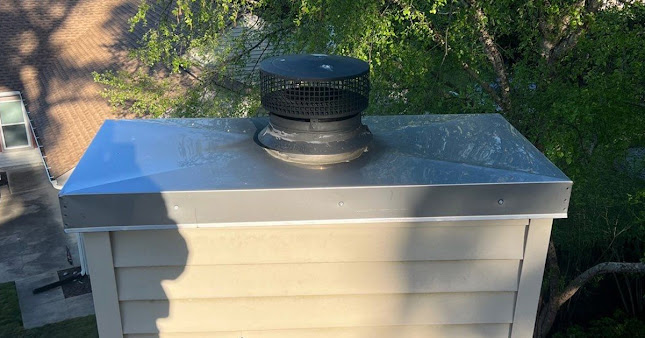Different Types of Chimneys Found in Homes and Other Buildings
.jpg)
Fireplaces and chimneys are staples in most houses in North America— installed to provide both warmth and coziness in homes, especially in the winter months. What Is A Chimney? A chimney resembles a pipe or a vertical channel, with its main function being to conduct and disperse combustion gases and smoke from an attached fireplace or furnace through the roof of a house or building, into the atmosphere. What a chimney does is ultimately prevent carcinogenic smoke and fumes from releasing throughout the interior of your home. Additionally, chimneys serve an important aesthetic and architectural function to a house or building’s exterior. How Does A Chimney Work? Although we usually take chimneys for granted, sometimes the question of how they really function does come up. And the science behind them is fascinating. As we said before, chimneys remove unwanted byproduct gases from within the home’s atmosphere. Every fireplace must have a chimney attached in order to transfer the pot...
.jpg)
.jpg)
.jpg)
.png)
.png)
.jpg)
